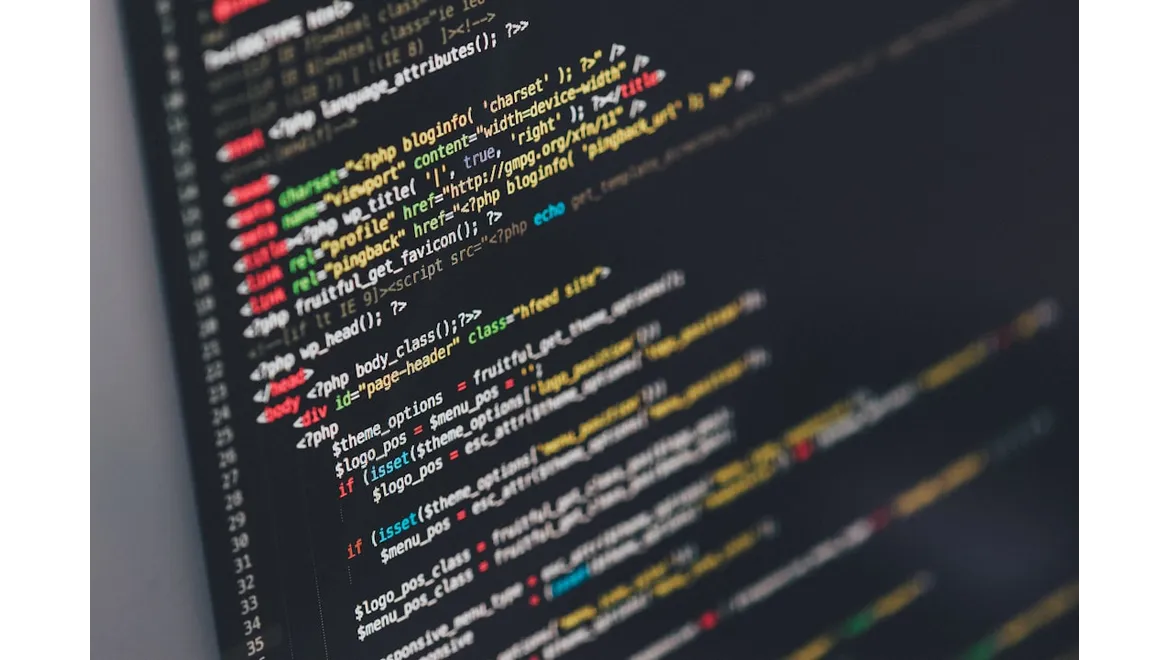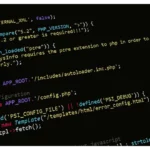I’ve always had a fascination with the transformative power of technology, and recently I delved into the realm of Natural Language Processing (NLP) to see how it enhances influencer identification. The journey was enlightening, and I’m excited to share my experiences and discoveries with you.
Understanding Natural Language Processing
Before we dive into the specifics of influencer identification, let’s first understand what NLP is. Natural Language Processing is a branch of artificial intelligence that helps computers understand, interpret, and respond to human language in a valuable way. It’s the technology behind virtual assistants like Siri and Alexa, but it has far-reaching applications beyond that.
NLP can analyse massive amounts of text data to discern patterns, sentiments, and relationships. This makes it incredibly useful in identifying influencers who can have a significant impact on your brand or business.
The Basics of Influencer Identification
Influencer identification traditionally involves sifting through social media profiles, blogs, and other online content to find individuals who have a substantial and engaged following. The process is laborious and prone to human error. This is where NLP steps in to automate and enhance the process.
Setting Up the Tools
To start, you’ll need some essential tools. My go-to setup includes Python, given its robust libraries for NLP, and Jupyter Notebook for an interactive coding experience. Here is a quick checklist of what you’ll need:
- Python: Ensure you have Python installed. If not, you can download it from the official Python website.
- Libraries: Install essential libraries using pip:
bash
pip install nltk spacy pandas numpy - Jupyter Notebook: This is optional but highly recommended for a seamless coding experience.
Data Collection
The first step in my process was collecting data. I focused on Twitter and Instagram, as these platforms are rich sources of influencer content. Using APIs provided by these platforms, I extracted tweets and posts related to my niche.
“`python
import tweepy
Set up Twitter API credentials
auth = tweepy.OAuth1UserHandler(consumer_key, consumer_secret, access_token, access_token_secret)
api = tweepy.API(auth)
Collect tweets
tweets = api.search(q=’your_keyword’, count=100)
“`
Data Preprocessing
Raw data can be messy. To clean it up, I used the Natural Language Toolkit (nltk) and spaCy. Preprocessing involves removing stop words, punctuation, and performing tokenisation.
“`python
import nltk
from nltk.corpus import stopwords
from nltk.tokenize import word_tokenize
import string
Download stopwords
nltk.download(‘stopwords’)
stop_words = set(stopwords.words(‘english’))
Function to clean and tokenize data
def preprocess_text(text):
text = text.lower()
text = text.translate(str.maketrans(”, ”, string.punctuation))
tokens = word_tokenize(text)
filtered_tokens = [word for word in tokens if word not in stop_words]
return filtered_tokens
cleaned_tweets = [preprocess_text(tweet.text) for tweet in tweets]
“`
Sentiment Analysis and Topic Modelling
Next, I performed sentiment analysis to gauge the emotions behind the posts. Positive sentiment often correlates with higher engagement rates, making these influencers more valuable.
“`python
from textblob import TextBlob
def get_sentiment(text):
analysis = TextBlob(text)
return ‘positive’ if analysis.sentiment.polarity > 0 else ‘negative’
sentiments = [get_sentiment(tweet.text) for tweet in tweets]
“`
I also used topic modelling to identify the primary subjects being discussed. This helps in understanding if the influencer’s content aligns with your brand.
“`python
from sklearn.feature_extraction.text import CountVectorizer
from sklearn.decomposition import LatentDirichletAllocation
Vectorize text data
vectorizer = CountVectorizer()
X = vectorizer.fit_transform([‘ ‘.join(tokens) for tokens in cleaned_tweets])
Apply LDA for topic modelling
lda = LatentDirichletAllocation(n_components=5, random_state=42)
lda.fit(X)
topics = lda.transform(X)
“`
Identifying Potential Influencers
With sentiment and topic data in hand, I moved on to identifying potential influencers. This involved looking at user engagement metrics such as likes, shares, and comments.
python
influencers = []
for tweet in tweets:
if get_sentiment(tweet.text) == 'positive' and tweet.favorite_count > 50:
influencers.append(tweet.user)
Evaluating and Refining
Finally, I evaluated the identified influencers by cross-checking their relevance and engagement with other tools like Social Blade and Followerwonk. This helped to refine the list and ensure I was focusing on individuals who could genuinely influence my target audience.
Bringing It All Together
Through NLP, I transformed the daunting task of influencer identification into a more streamlined and data-driven process. By automating data collection, cleaning, sentiment analysis, and topic modelling, I could focus on evaluating the most promising influencers. This approach not only saved time but also provided a more accurate and comprehensive understanding of potential influencers.
So there you have it! With the power of NLP, you can enhance your influencer identification process, making it more efficient and effective. Whether you’re a seasoned marketer or a tech enthusiast, I hope this guide provides you with the insights and tools you need to leverage NLP in your own influencer identification journey.












